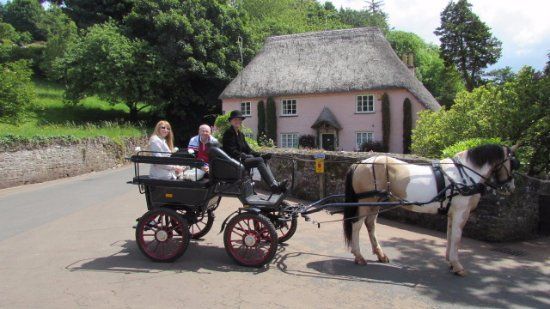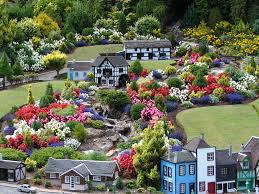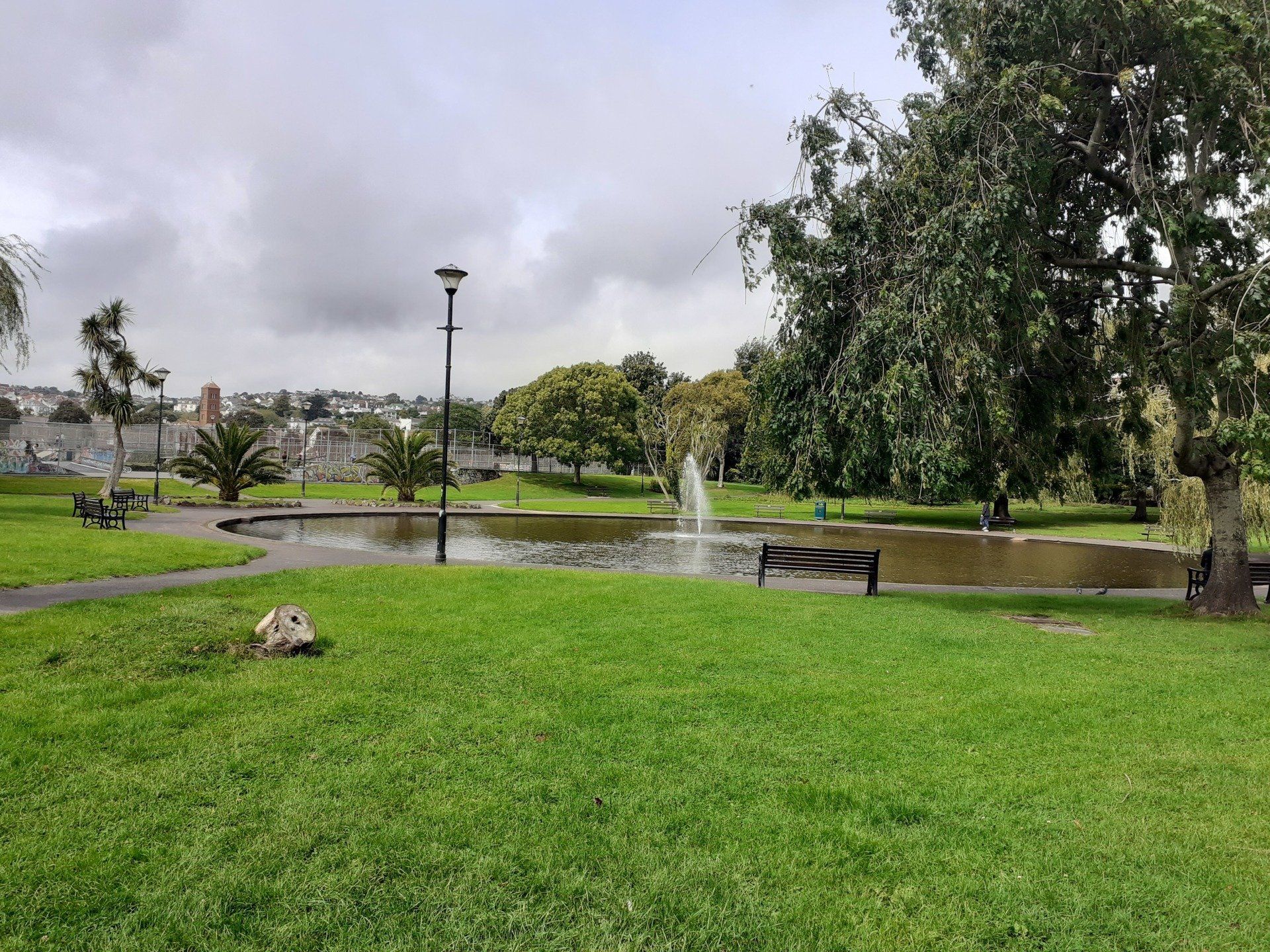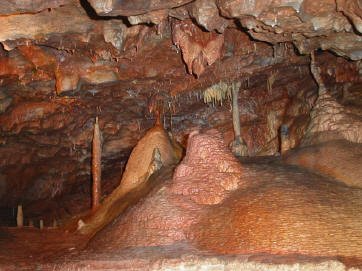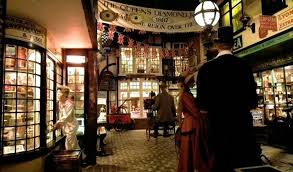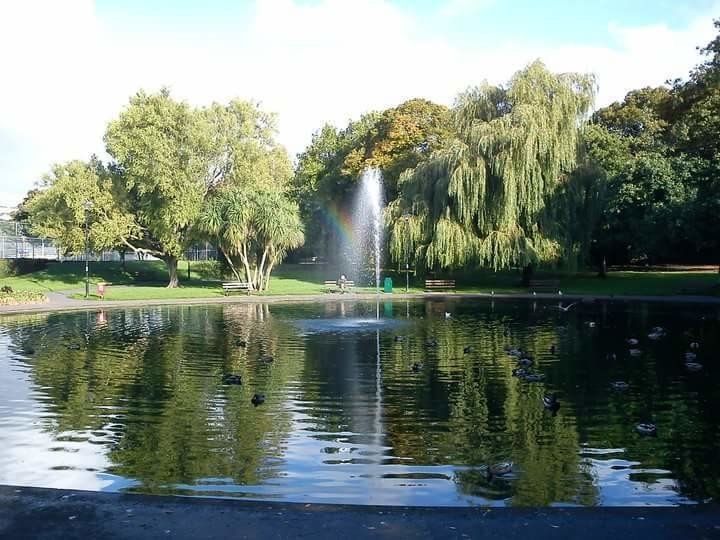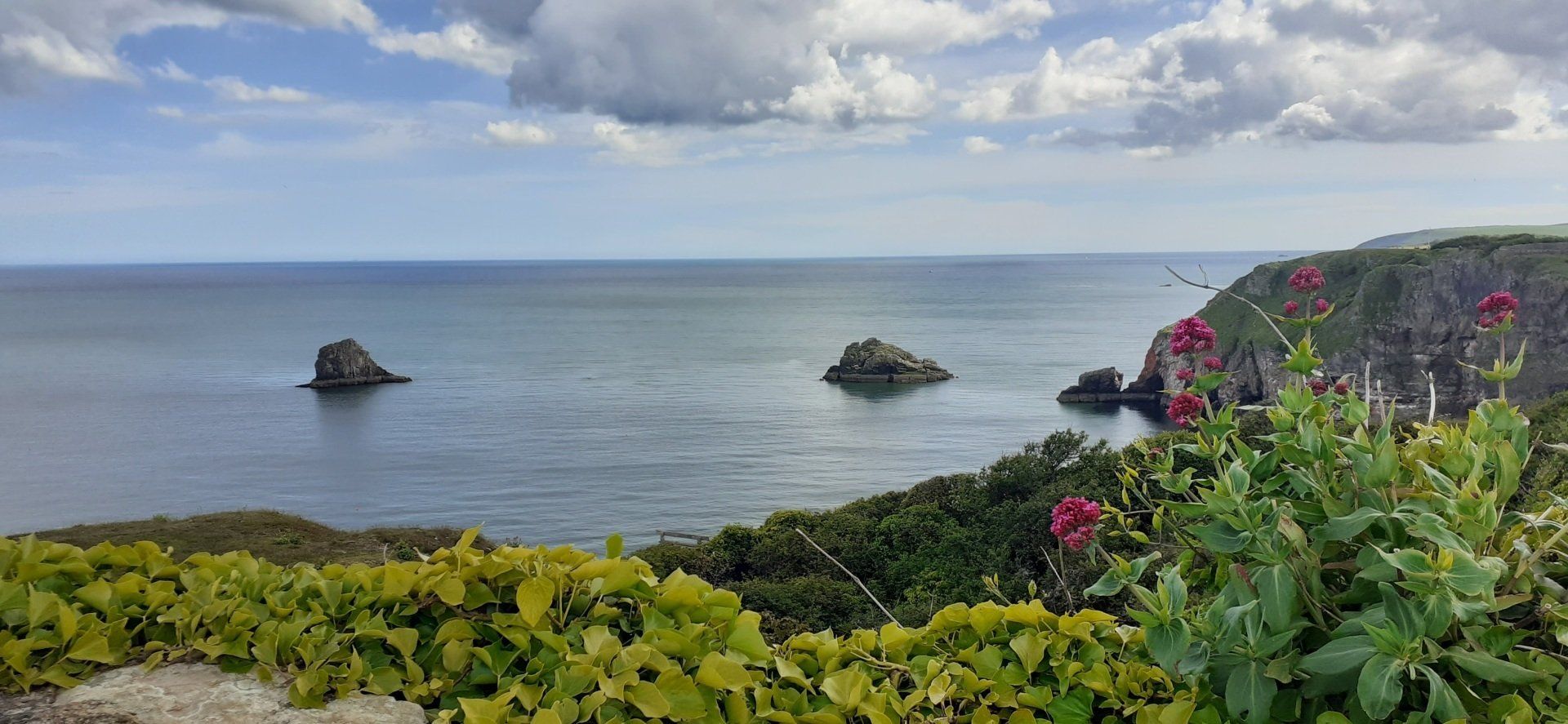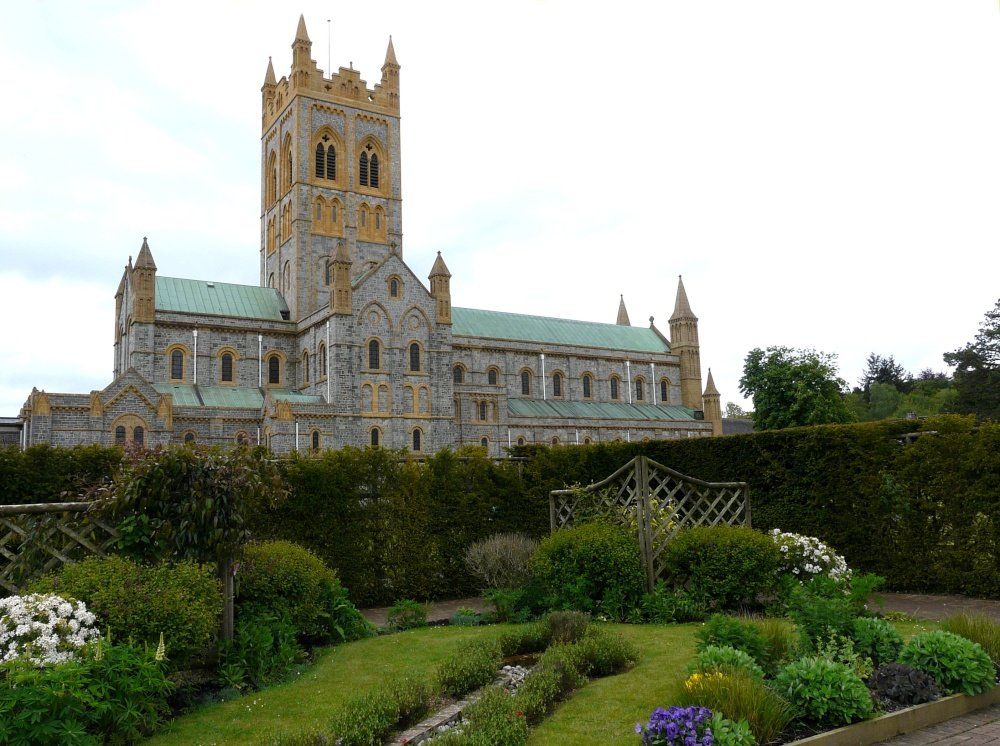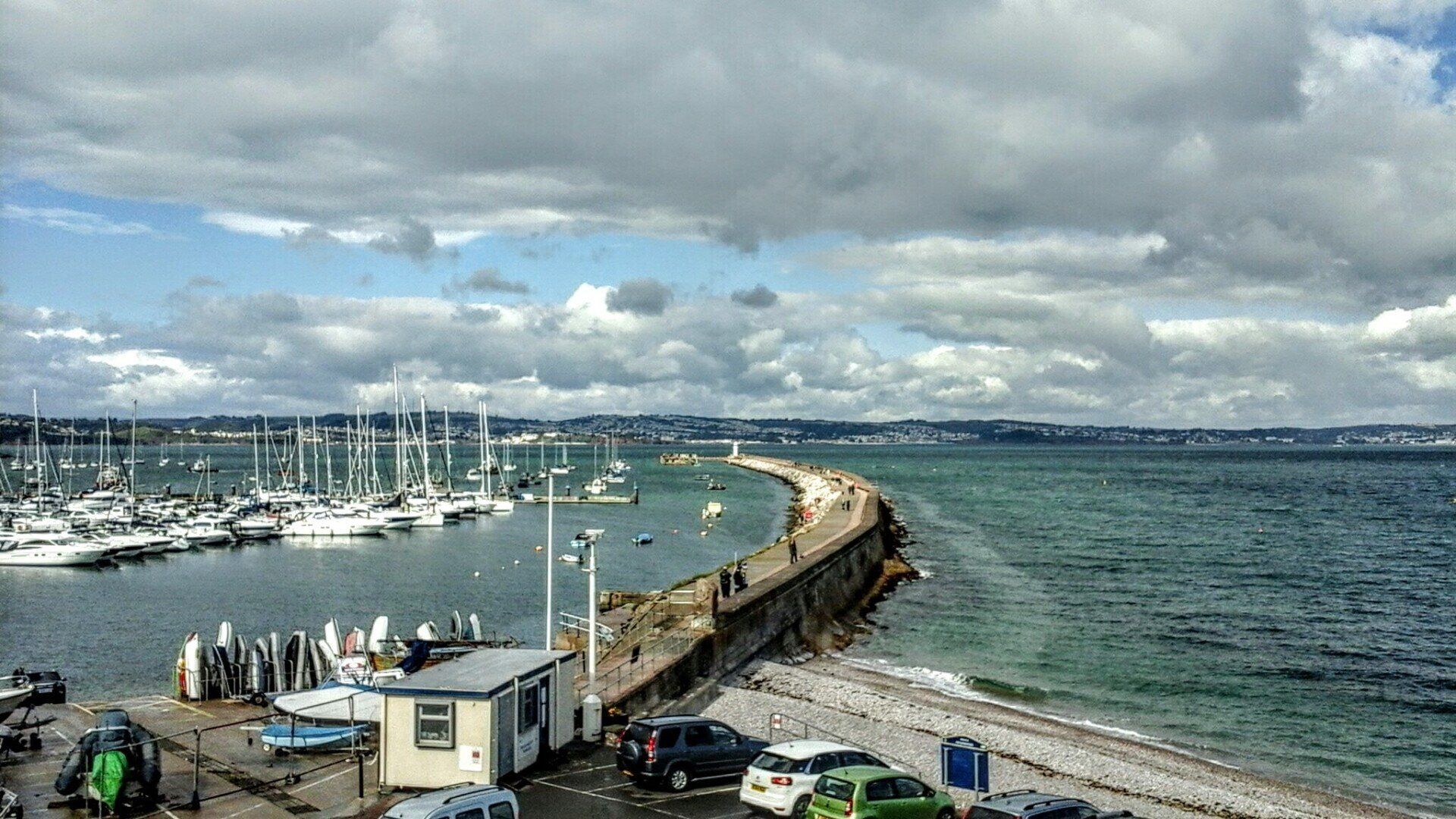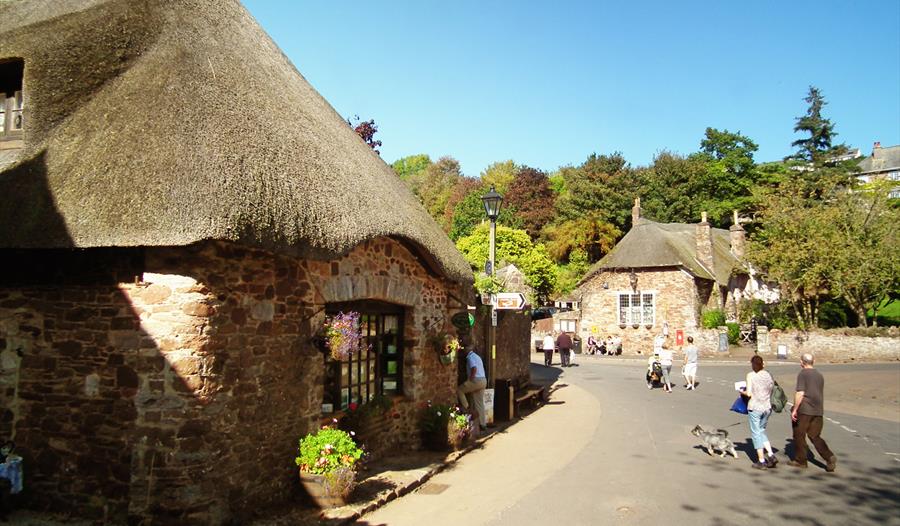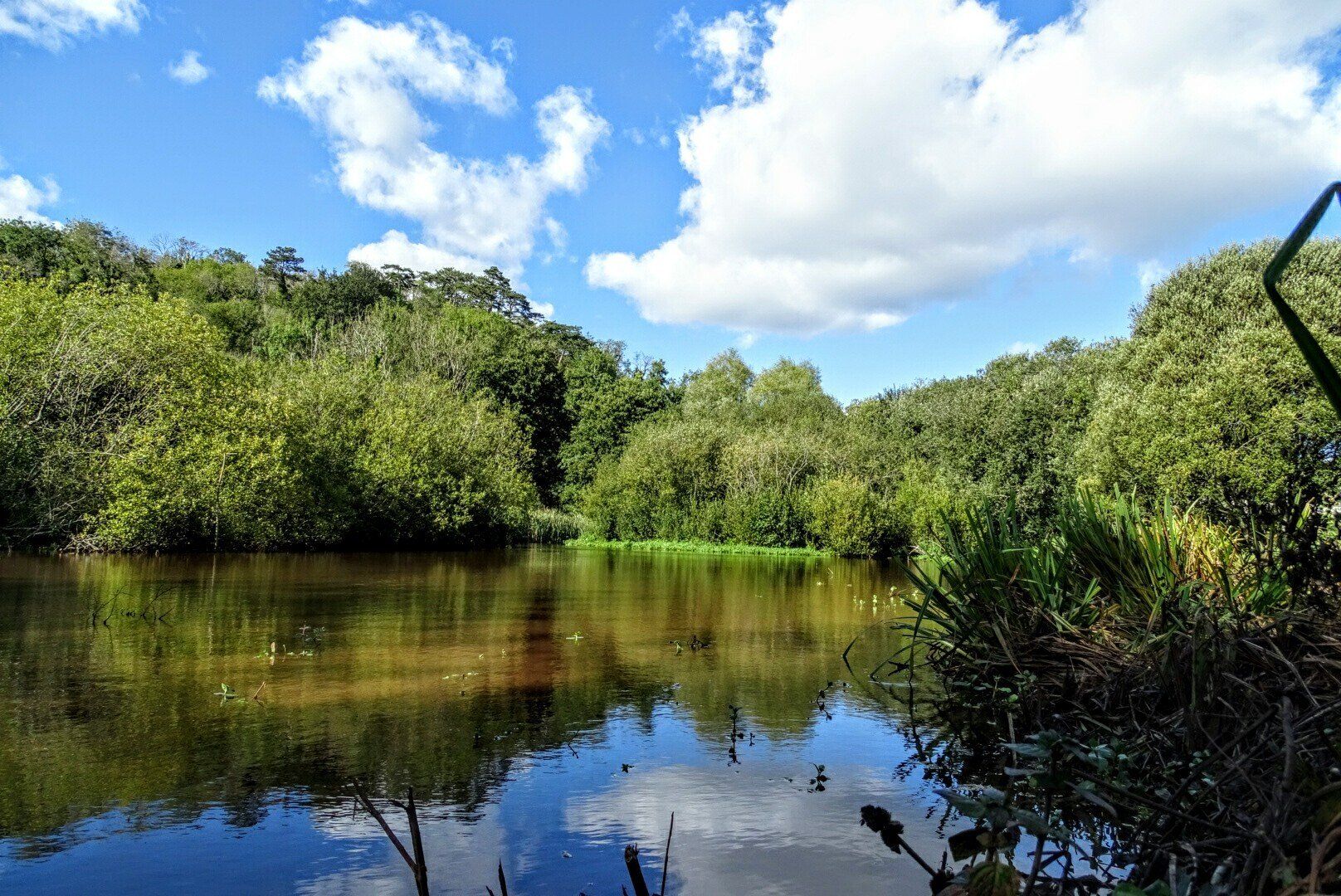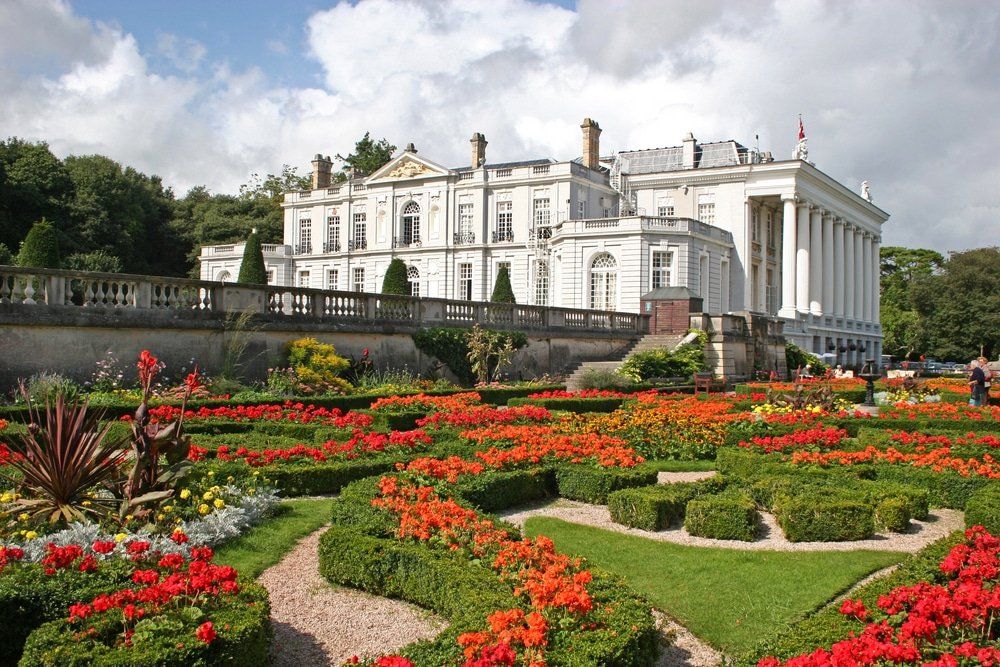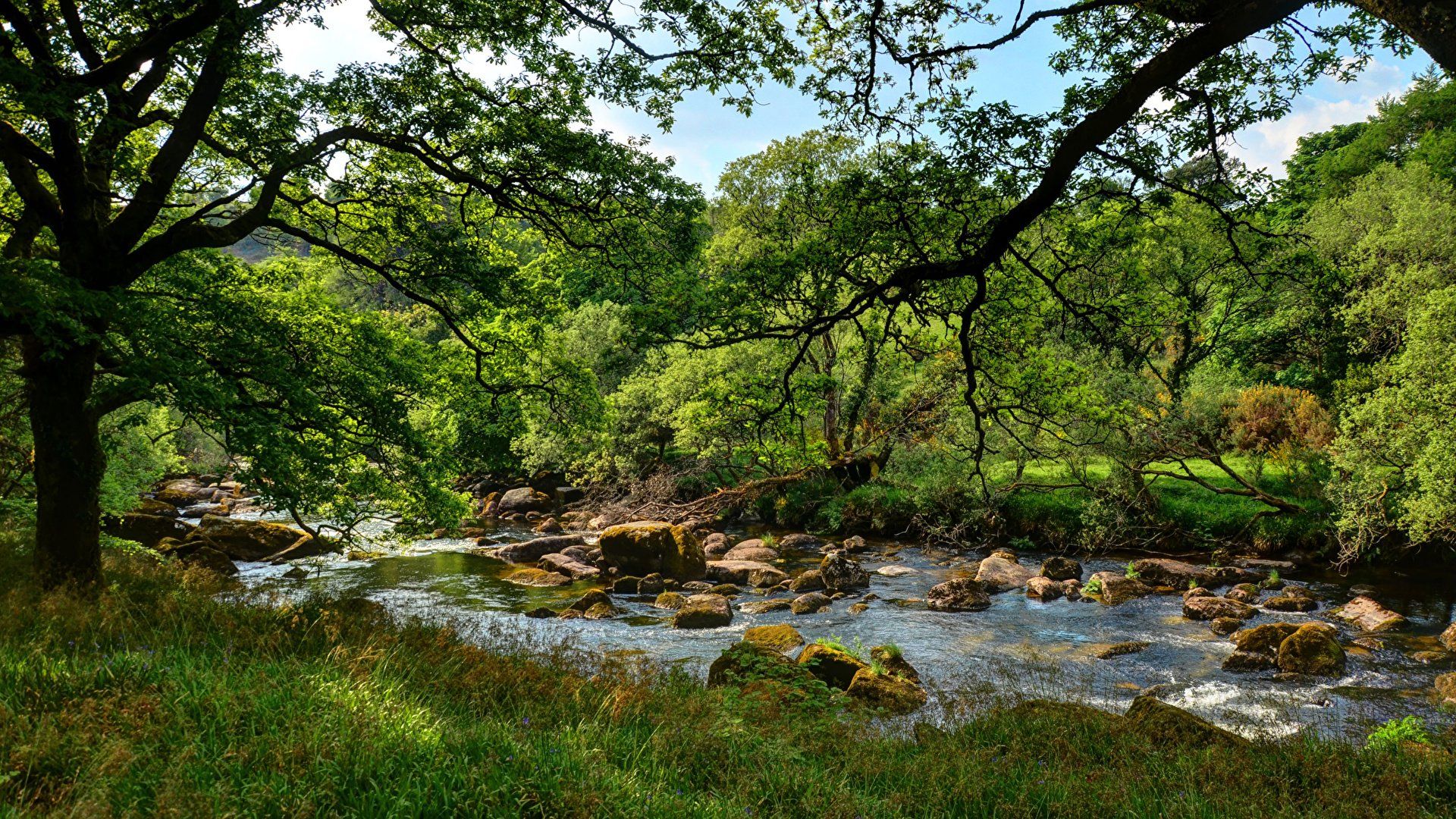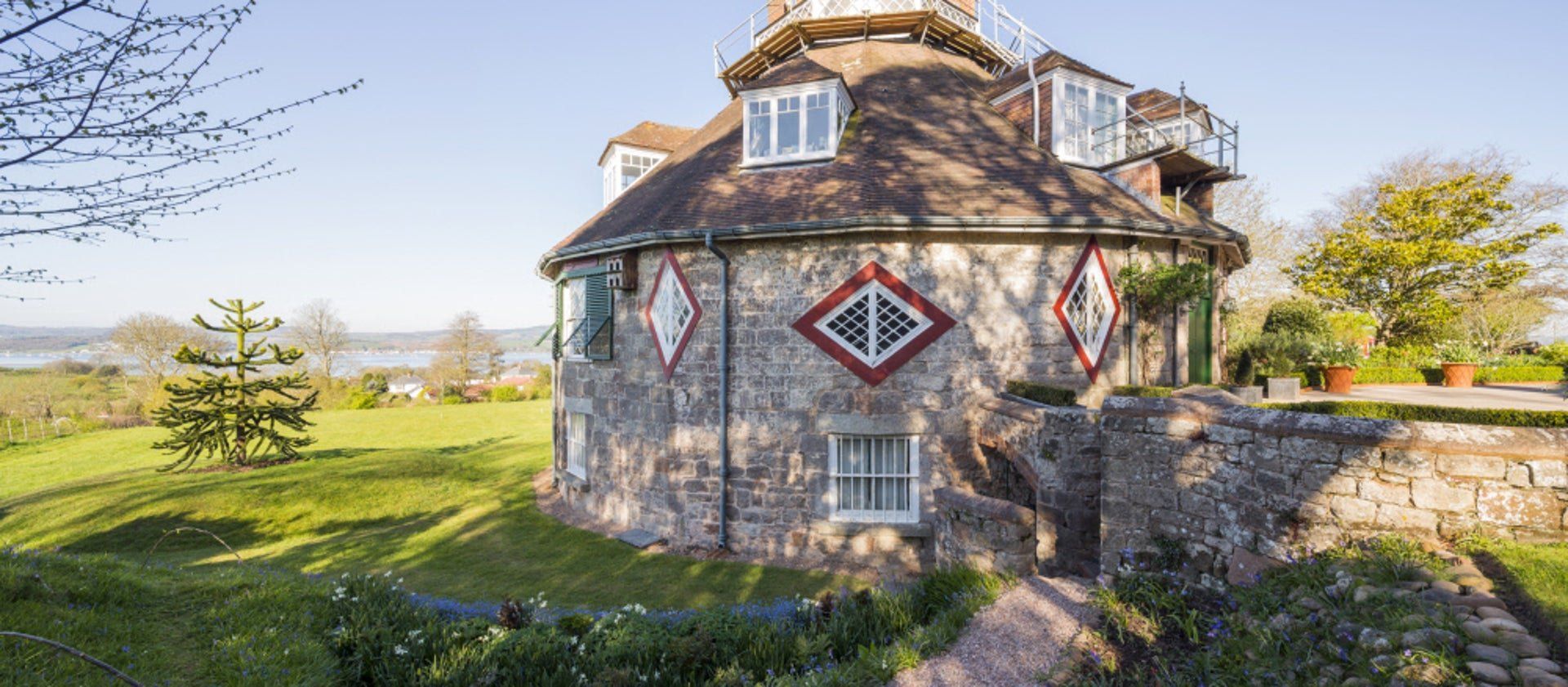Day 2
Kents Cavern contains one of the oldest known human remains in Europe. Accessed by Bus 22, alight at St Matthias Church (the bus driver will be very helpful) and then it's about 5 minutes down the hill to the cavern.
Edward Vivian and William Pengelly were allowed to conduct excavations between 1846 and 1858. At the time, it was generally believed that early humans had entered the caves long after the formation of the cave structures examined. This changed when in the Autumn of 1859, following the work of Pengelly, excavations had established the antiquity of humanity. Amongst the finds was a mandible, belonging to homo sapiens that has been carbon dated to 35,000 years BP (before present) In 1865 the British Association created a committee, led by Pengelly, to fully explore the cave system over the course of fifteen years. It was Pengelly's party that discovered Robert Hedges' stalagmite inscription from 1688, and from the stalagmite's growth since that time deduced that human-created artefacts found under the formation could be half a million years old. Pengelly plotted the position of every bone, flint, and other artefact he discovered during the excavations, and afterward continued working with the Torquay Natural History Society until his death in 1892 at his home less than 2 km from the caves.
In 1903 Kents Cavern, then part of Lord Haldon's estate, was sold to Francis Powe, a carpenter who originally used the caves as a workshop while making beach huts for the Torquay sea front. Powe's son, Leslie Powe, turned the caves into a tourist attraction by laying concrete paths, installing electric lighting, and building visitor facilities that later were improved, in turn, by his son John Powe. The caves, now owned by Nick Powe, celebrated 100 years of Powe family ownership on 23 August 2003 with special events including an archæological dig for children and a display by a cave rescue team. A year later a new £500,000 visitor centre was opened, including a restaurant and gift shop.
Attracting 80,000 tourists a year, Kents Cavern is an important tourist attraction and this was recognised in 2000 when it was awarded Showcave of the Year award and later in November 2005 when it was awarded a prize for being Torquay's Visitor Attraction of the year.
Kents Cavern in fiction
"Hampsley Cavern" in Agatha Christie's 1924 novel The Man in the Brown Suit, is based on Kents Cavern. The 2011 science fiction romance Time Watchers: The Greatest of These, by Julie Reilly, uses Kents Cavern as a principal setting in three different time periods.



